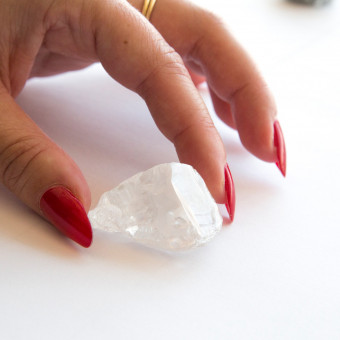
Theres nothing quite like catching that ping of sparkle from a diamondit induces an internal (sometimes audible, if were being honest) squeal. Aside from its inimitable beauty, it also marks significant milestonesbirthdays, engagements, treat-yourself momentsor holds generations of family heritage. So when choosing a diamond, whether its for yourself or a gift for someone special, where do you start? Weve all heard of the four Cs: carat, color, clarity, and cut. But aside from the aforementioned industry-standard scale, what else should you be looking for in a diamond? And what questions should you ask? We went all the way to Botswana with Forevermark to the De Beers Groups Orapa Mine and Global Sales Headquarters, where De Beers Group sorts, values, and sells 90 percent of its rough diamonds, to find out.
Is my diamond conflict-free?
Its practically a knee-jerk question these days, and for good reason. As we (aka the customers) become increasingly more conscious about understanding where our products come from, and the sort of impact they have on the socioeconomics and environment of a region, the more we want to lift the curtain. When it comes to diamonds, knowing that they are extracted from the earth with safe working conditions and, to put it bluntly, dont contribute to rebel or terrorist groups in war-torn countries, is non-negotiable. This is why the Kimberley Process was put into place in a commitment to clean up the global supply chain. But is that enough?
Shop Forevermarks conflict-free jewelry:
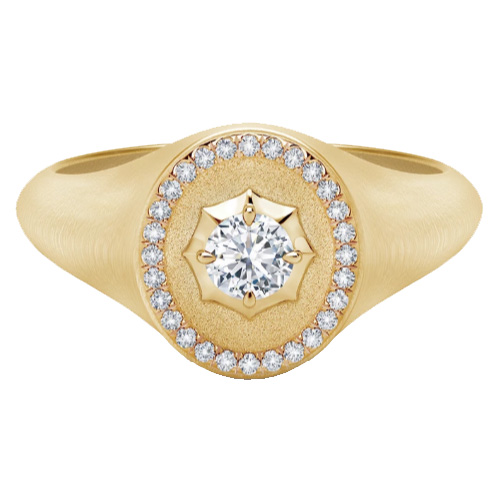
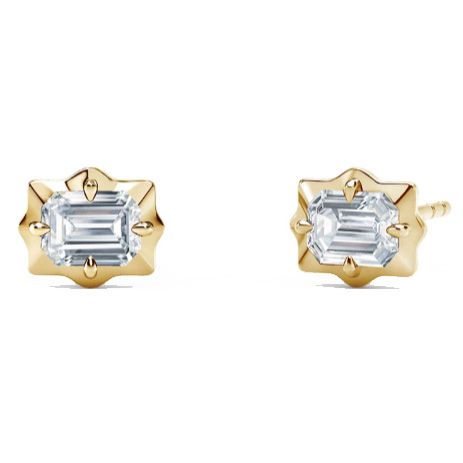
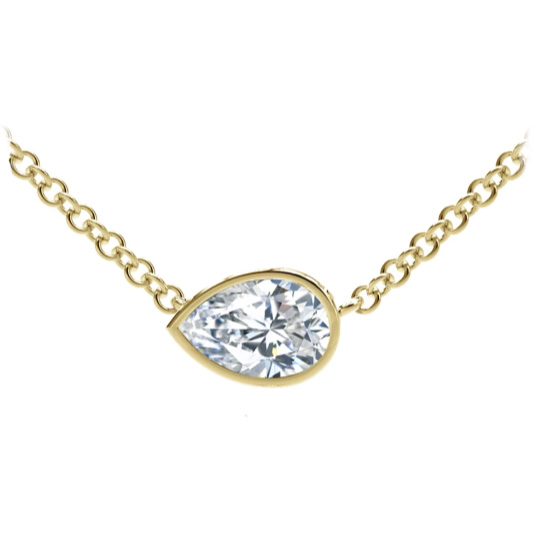
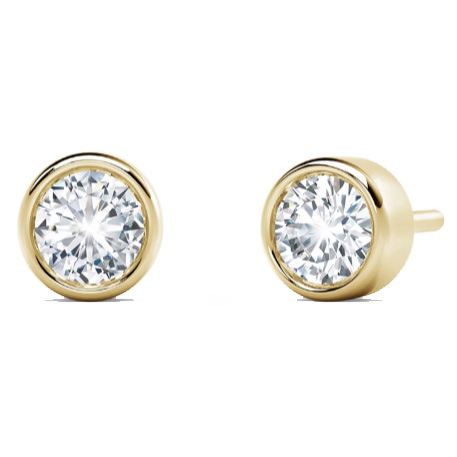
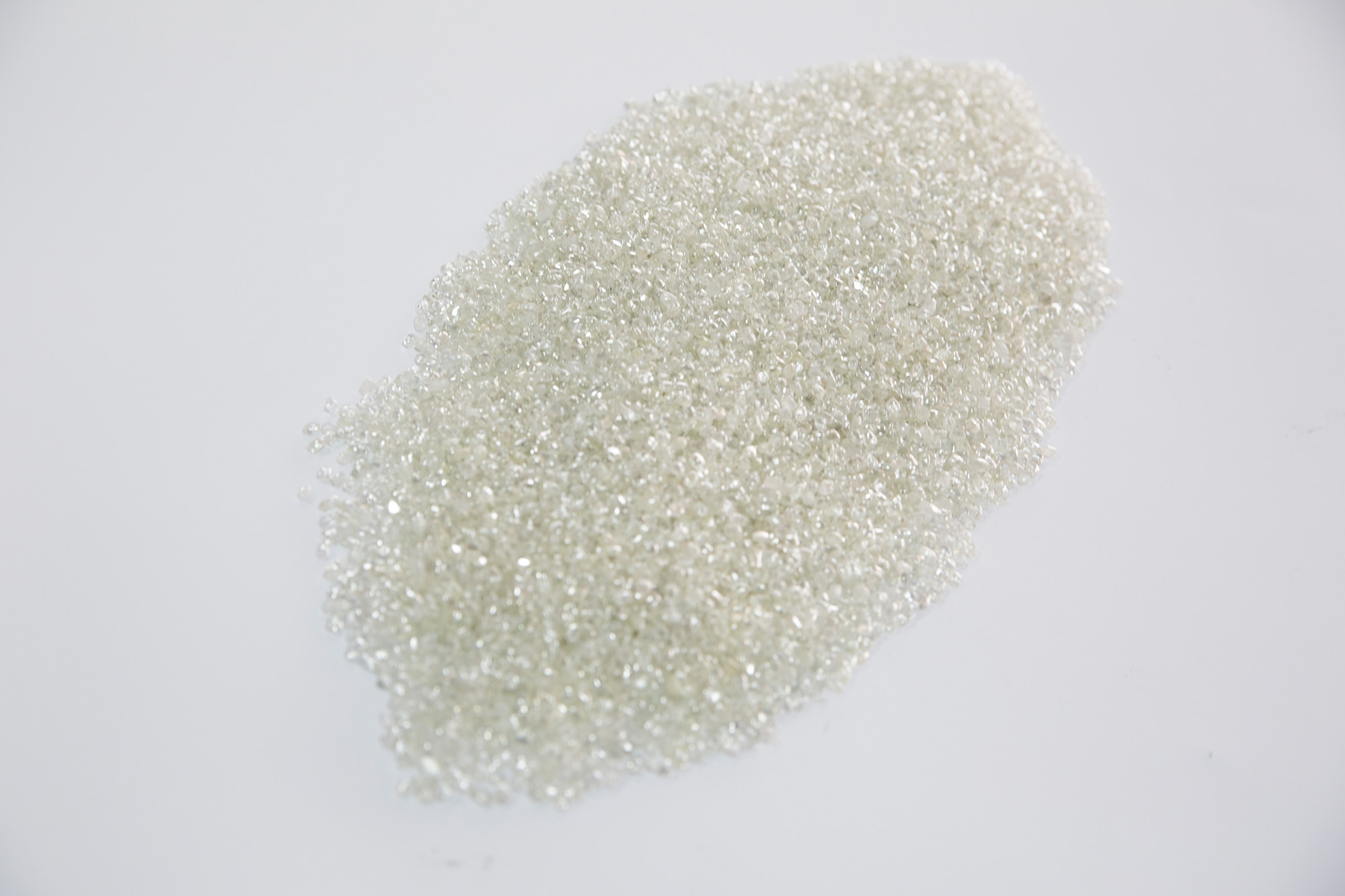
Where is my diamond from?
Knowinglike really knowingwhere your diamond originated from can help gain clarity on the supply chain and inform your decisions. And depending on how deep into diamonds you go, it can also dictate the quality and characteristics of the stone that suit your fancy, which is something well get into a little later. Diamond companies like Forevermark are taking noticei.e., theyexamine human rights standards, political climate, and the socio-economic profile of every community to carefully select mines in countries such as Botswana, South Africa, Namibia, and Canada as verified sources for its diamonds. And then they can ask...
Does my diamond contribute to healthcare, education, and career opportunities?
If you really want to understand the influence of an incredibly lucrative businessas in, diamond miningon the economy of a country, you have to look at what the company is doing to enrich the community its directly impacting. In the case of Forevermark, the De Beers Group brokered a 50/50 partnership with the Botswana government, breaking ground in the country nearly 50 years ago. Since then, they created thousands of safe, fair-paying jobs and ensured the country in its entiretynot just the communities that geographically surround itreap benefits from the mining industry. Take, for example, the fact that Botswana has gone from having only six kilometers of paved roads to 600,000 kilometers. Theyve managed to establish free education for every citizen up until high school and developed entrepreneurial programs that provide resources to budding businessesall in an effort to create a foundation for success well beyond the life of a diamond mine.
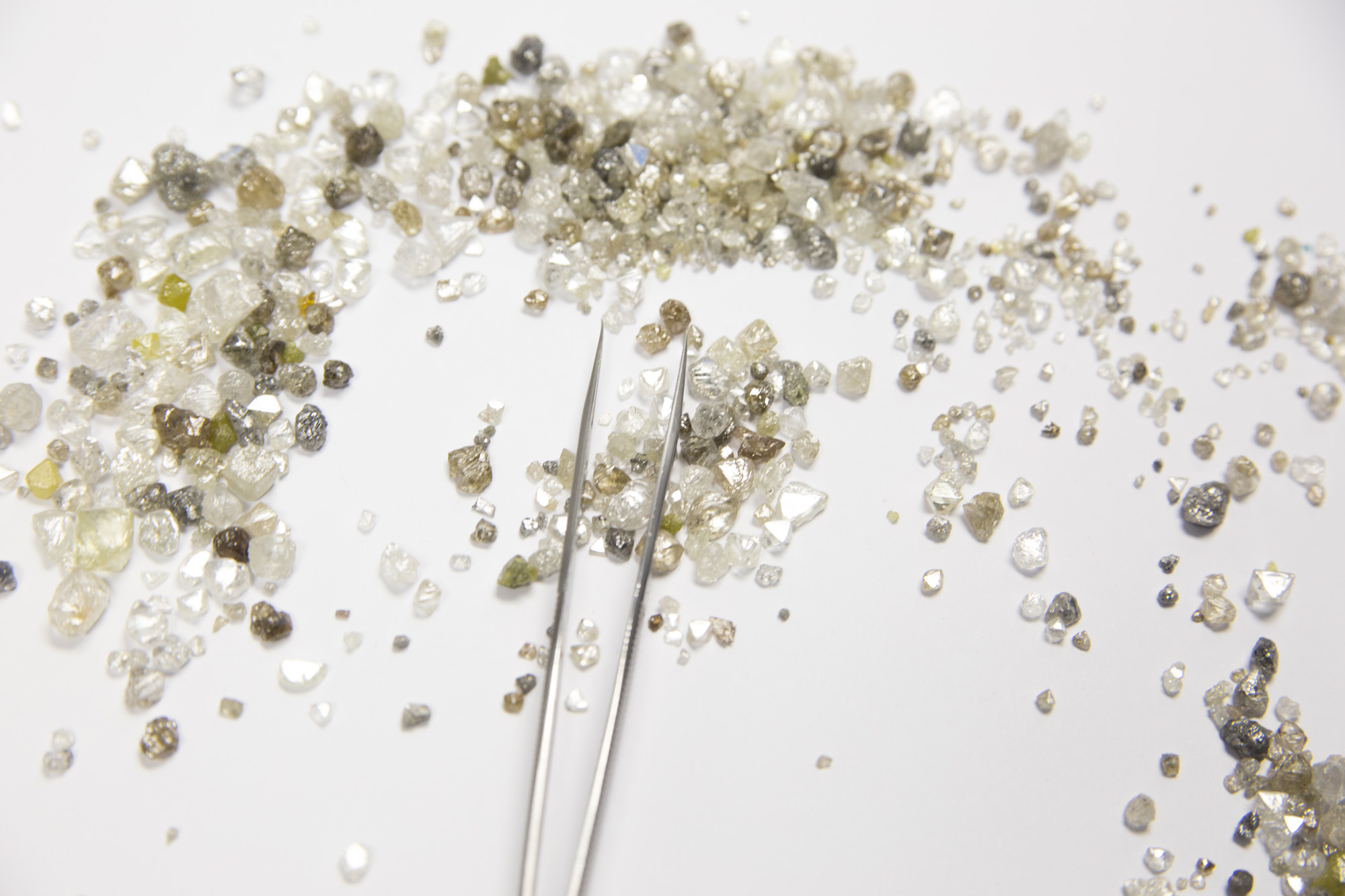
As a natural resource, how does it impact/conserve nature?
Mining can impact the environment, theres no denying it, which is why its important to ask what companies are doing to offset or minimize the environmental repercussions. On the sliding scale, mining for diamonds is considered relatively clean, due to the mechanical process of extraction as opposed to a chemical process. As in, theres no toxic sludge to dispose of.
But what about the natural habitats? For every acre mined in Orapa, and every De Beers mine, for that matter, they protect six acres, creating natural reserves that span more than 500,000 acres to date.
Are the four Cs the only markers of a quality diamond?
Short answer: No. As much as the carat, color, clarity, and cut have become an industry standard in categorizing and evaluating the quality of the diamond, there are other factors that come into play. Like the human eye! Let us explain: Say you compare two diamonds that are identical on paper; to the eye, youre still going to notice a differencethe placement of an inclusion, the symmetry of the facets, the way the diamond catches the light. Diamonds are like snowflakes! Which is why Forevermark has gone a step further to make sure youre getting the sparkliest, most blindingly blingy diamond there is.Less than 1 percent of the worlds diamonds meet the brands strict beauty criteria and are worthy of the Forevermark inscription.
Photos: Sophie Elgort/Courtesy of Forevermark
